AUTHOR INTERVIEW: Louis Kraft, author of The Discovery
Author/historian Louis Kraft has focused his
energy on producing work that highlights racism and the human experience of
people who have put their lives on the line to prevent war. He has written
articles for magazines, including Research Review and Wild West,
as well as fiction (The Final Showdown) and nonfiction (Gatewood
& Geronimo) books. Kraft returned to fiction writing when he
collaborated with Robert S. Goodman on The Discovery.
Visit his website at www.readthediscovery.com.
About the Book:
In THE DISCOVERY by Robert S. Goodman and
Louis Kraft, a young obstetrician/gynecologist delivers a premature baby after
attending a dinner party. The child survives the delivery, but complications
lead to a malpractice lawsuit two decades later.
In 1952, a pregnant seventeen-year-old gives birth
in a Los Angeles hospital. Two nurses attend to the young woman while they wait
for the doctor on call to arrive for the delivery. Dr. Harry Chapman arrives at
the hospital clearheaded but with alcohol on his breath. The premature baby is
born blue
and placed in an incubator. The nurses turn the oxygen to the level
recommended to pediatricians for preemies the year before to prevent blindness.
When the baby’s color doesn’t change, Harry instructs the nurses to turn the
oxygen up to maximum. They protest, but Harry insists that the nurses comply to
save the baby from brain damage or death.
In 1972, Greg Weston, a twenty-year-old paralegal
meets a young woman who works with a renowned pediatrician. When she questions
the attractive young man about his blindness, Greg reveals that his adoptive
parents told him he was born blind. After agreeing to see the doctor Gail works
for, Greg becomes aware that his blindness may have occurred as a result of
physician error. Greg requests his medical records from the hospital and the
adoption agency, and he finds that the hospital records tell a different story
about what took place after his birth. In both records, Dr. Harry Chapman is
indicated as the doctor who delivered him. Greg shares his findings with a
partner in his law firm, and they build a case against Dr. Chapman based on
fraudulent changes in the hospital records, which allows the statute of
limitations to be thrown out.
After Harry receives word that he is being sued,
his attorney advises him that the malpractice insurance he carried in 1952 will
not cover even a fraction of the multimillion-dollar lawsuit. The stress and
uncertainty of the case, along with the accusation of fraud, breaks Harry,
leading him down a road of depression and alcohol dependence. As Harry’s wife,
Helen, watches her husband deteriorate, she makes an unthinkable choice to put
an end to the plaintiff’s case.
In THE DISCOVERY, the authors connect the
lives of two individuals across two decades, exposing vulnerabilities,
bitterness, and frailties. As the case moves forward, a key witness’s testimony
alters the lives of both men.
In writing THE DISCOVERY, Goodman and
Kraft’s intentions were to offer readers multidimensional characters with
real-world problems and to bring awareness to the severe affect malpractice
lawsuits can have on physicians’ professional and personal lives.
The
Discovery is available at Amazon.
Q: Welcome to The Writer's
Life! Now that your book has been
published, we’d love to find out more about the process. Can we begin by having you take us at the
beginning? Where did you come up with
the idea to write your book?
I’m a freelance historian who for
twenty years also wrote for software companies. The story idea for The Discovery was Dr. Robert S.
Goodman’s, and it is terrific. Bob has been one of my physicians for over
twenty-five years. In 2002 he thought I might have a health problem and sent me
to a specialist. This led to a major surgery the following year, and if not for
it I would have stopped walking this earth long ago. A number of years back Bob
approached me to read, edit, and advise him how to improve about 100 pages of a
rough manuscript (The Discovery).
Over a number of months I did. In November 2013 he approached me to partner
with him; that is to rewrite and polish his rough draft. I agreed.
Q: How hard was it to write a
book like this and do you have any tips that you could pass on which would make
the journey easier for other writers?
It was terribly difficult for me
for several reasons. 1) As the story took place over twenty years between the
early 1950s and 1970s and many important characters did not have large roles I
had to figure out how to make the jumps in time work; and 2) Ensure that the
historical facts were accurate; that is add a taste and feeling for the times;
bring the characters and plot to life. … The most important advice I would give
other writers is that if you are writing a novel that deals with real
locations, historic dates—including the here and now—make sure that you get
every fact correct. For example you can’t use the CA 101 Freeway in Los
Angeles in 1952 if it didn’t exist yet. Another is do
not shortchange your characters; that is don’t make them cliché and this
includes their dialogue. I can’t stress how important dialogue is to a work of
fiction.
Q: Who is your publisher and how
did you find them or did you self-publish?
At the beginning of my agreeing
to rewrite Goodman’s rough draft, I told him that we needed to have a polished
manuscript before we approached agents. He did not want to wait that long and
suggested using Amazon. I had designed hundreds of books in the software world
along with a newsletter wherein I was the editor, chief writer, art director,
artist, photographer, and designer. I had also designed six Indian wars books.
I looked into the idea and decided that I could do this. CreateSpace Independent
Platform published The Discovery.
Q: Is there anything that
surprised you about getting your first book published?
This was not my first freelance
book. That book was a novel called The
Final Showdown (1992). It dealt with white-Cheyenne Indian relations on the
1867 Kansas frontier. My then
agent had sold the idea to Walker and Company, a New York
publisher.
Q: What other books (if any) are
you working on and when will they be published?
At the moment there are two. Sand Creek and the Tragic End of a Lifeway
is contracted with the University of Oklahoma
Press (OU Press), the largest and most important
Indian wars publisher in the world. It deals with the lead-up to the savage
massacre of Cheyenne and Arapaho
Indians—who thought that they were under the protection of the U.S.
military in fall 1864 in Colorado Territory,
the attack, and the aftermath. The editor-in-chief pitched me on the idea as a
follow-up book to Ned Wynkoop and the
Lonely Road from Sand Creek. As I’m a biographer and write about people who
don’t speak the same language during the American Indian wars but attempt to
end war I told him that this wasn’t a book I wanted to write. He persisted, and
it took us two years to come up with a book proposal and contract that included
an advance that was acceptable to both of us. The polished manuscript was due
at the publisher on October 1, 2016,
but The Discovery took up much more
time than I anticipated due to the documentation supplied me. Last year I
obtained an extension but it has a firm deadline. The toughness to write the
Sand Creek manuscript and my next nonfiction manuscript is that I mostly use
primary source material. Reason: You wouldn’t believe how many nonfiction books
are loaded with errors, … errors that are propagated time and again by
so-called historians (a George Armstrong Custer book, which recently won a
Pulitzer Prize, is just one example) who use mainly published books and don’t
check the facts in those books but grab what they want, rework the words, and
cite the primary source information—if there is a citation—without seeing the
original documentation or checking their secondary sources. The second book is
called Errol & Olivia, and it
deals with the life and times of film legends Errol Flynn and Olivia de
Havilland during the time that they made eight films together between 1935 and
1941. It also includes their arrival in Hollywood
and an aftermath. Livvie, as Flynn used to call her, invited me to visit her in
her Paris, France,
twice this century. This manuscript will be completed when the Sand Creek
manuscript is in production.
Q: What’s one fact about your
book that would surprise people?
No matter how dark the future
looks the sun always rises.
Q: Finally, what message (if any)
are you trying to get across with your book?
We’re all people. Most of the
time we’re good people, but even when we do something that we perhaps shouldn’t
at that time we thought we were right when we acted. But it goes beyond this,
for sometimes something happens, and in The
Discovery twenty years in the past, that can be devastating and the
consequences horrifying. What Bob and I have tried to get across in the novel
is that there is always hope no matter how bad it gets.
Q: Thank you again for this
interview! Do you have any final words?
If you like fiction that is
character driven, and a story that goes in directions you would never guess,
read The Discovery.




































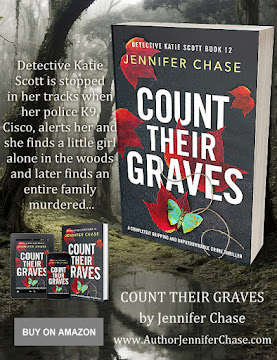






























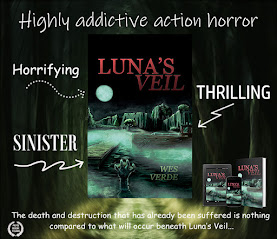
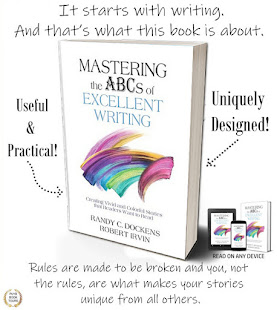
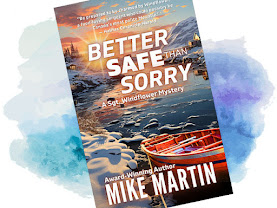
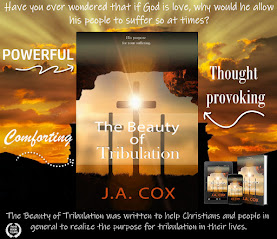



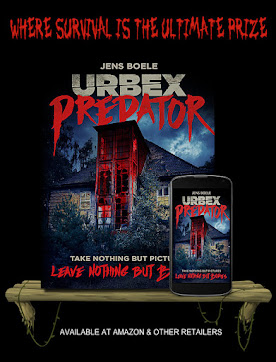









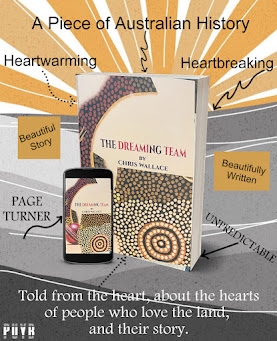




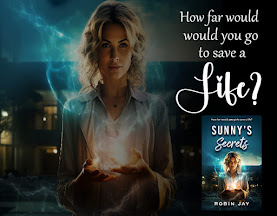




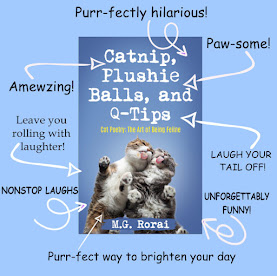



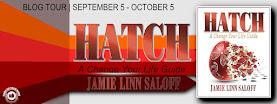

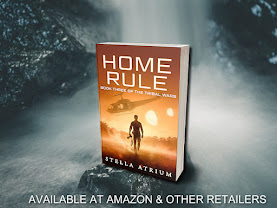

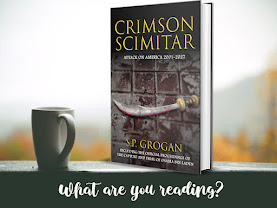


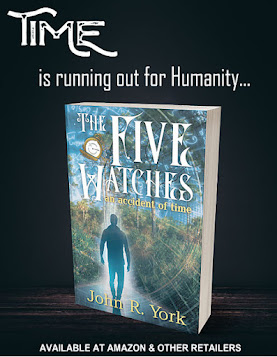

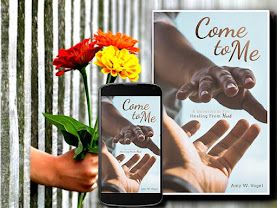



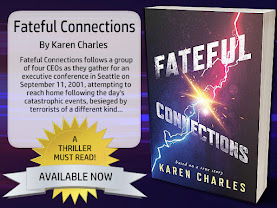


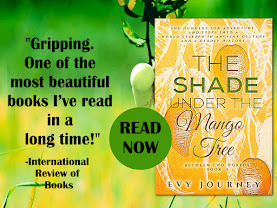







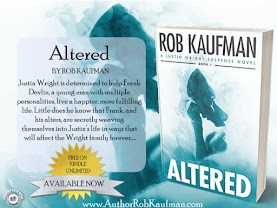
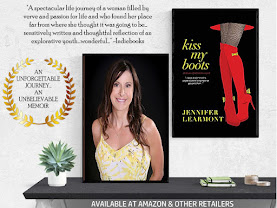
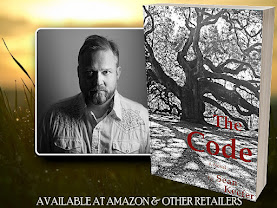

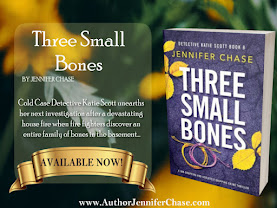

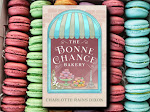
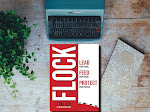


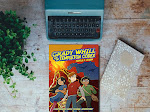


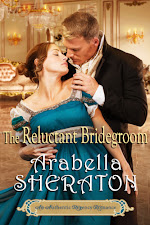
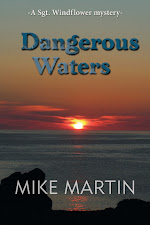



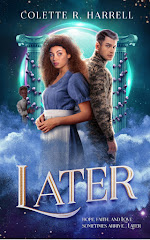
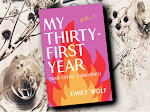
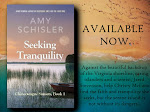


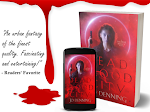


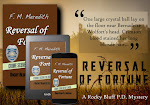

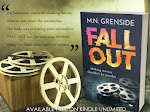


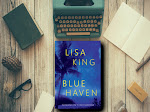




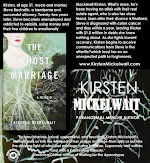

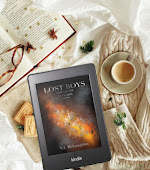
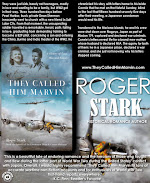

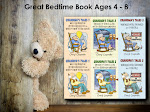

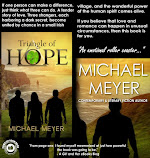
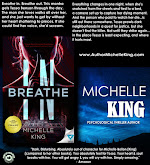
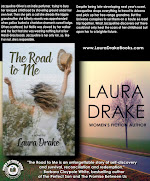


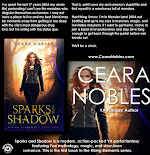
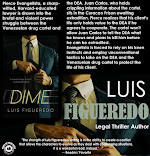

























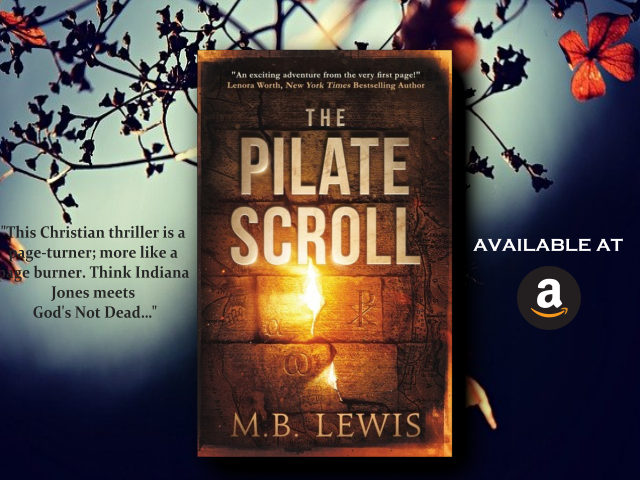













Leave a Comment